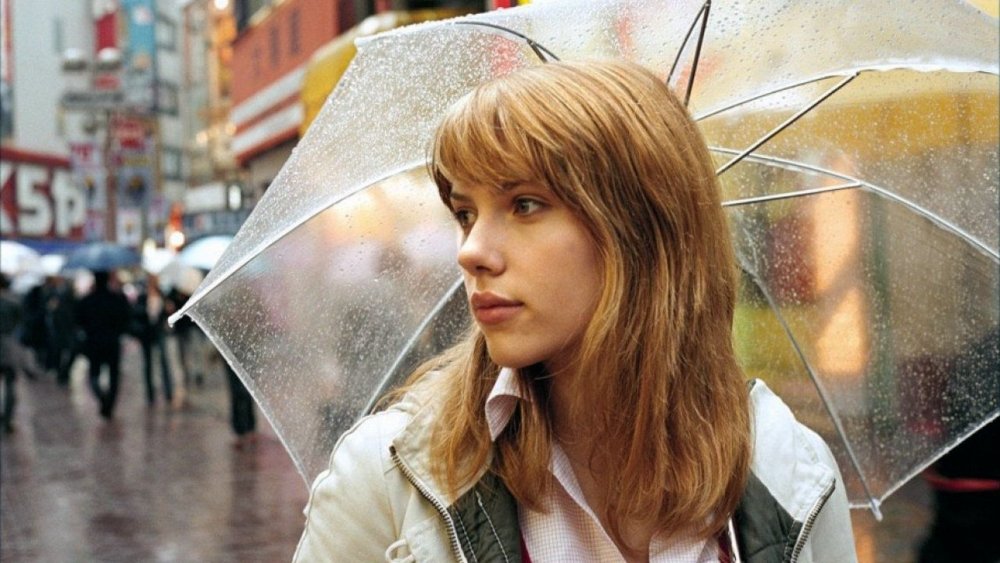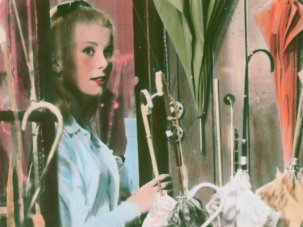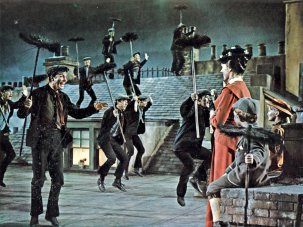With its structure at once full and fragile, and its protective, somewhat fussy function, the umbrella tends to carry feminine associations in cinema: it signals the indefatigable practicality and enveloping love of the title character in Mary Poppins (1964), Geneviève’s vulnerability and practical need for male protection in The Umbrellas of Cherbourg (1964), and the flyaway sexiness and burgeoning maternal potential of Angela in Une femme est une femme (1961). Angela is introduced carrying a bright red umbrella, a scarlet blot which is echoed by the diagrams of wombs in the maternity magazine she pauses to peruse and the neon red circle she passes under as she enters the strip joint where she works. When it appears to start raining as she walks down the street, Angela makes as if to open her umbrella, but does not do so: she wants to be unprotected, a foreshadowing of her coming efforts to get pregnant.
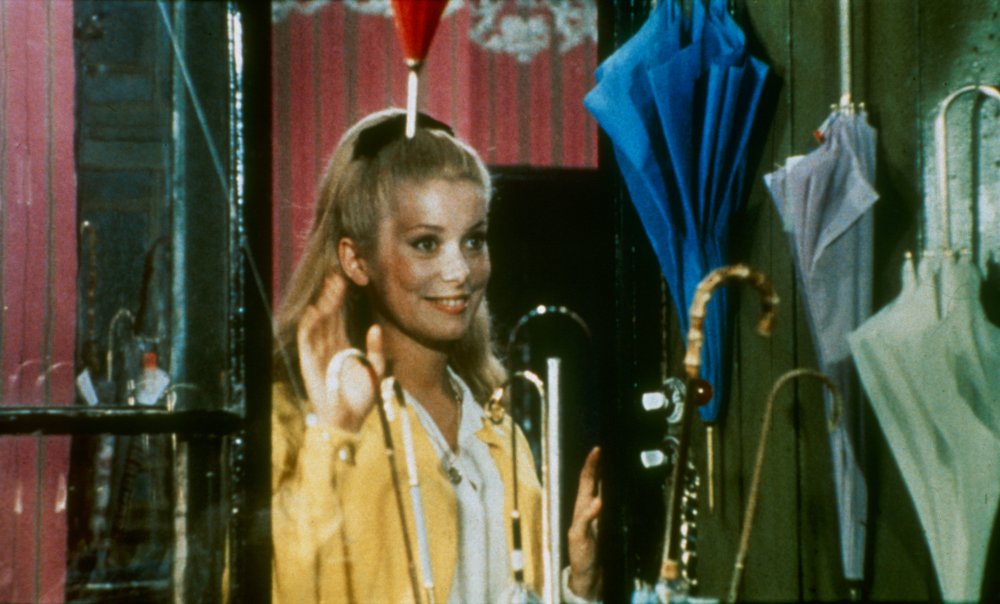
The Umbrellas of Cherbourg is on re-releasefor BFI Musicals! The Greatest Show on Screen.
The transparent umbrella carried by Charlotte in Lost in Translation (2003) is part of Sofia Coppola’s ongoing campaign to elevate the flimsy, disposable accoutrements of girldom to the poetic realm, but it also represents her protagonist’s particular emotional condition. As her marriage unravels, Charlotte is enclosed, yet exposed; observing the world at a remove; oddly protected by her pain. This type of umbrella is also particularly cheap and popular in Japan, and so serves to emphasise Charlotte’s cultural displacement – itself a metaphor for the mingled misery and liberation of finding oneself unloved.
The converse state is celebrated in Singin’ in the Rain (1951), when Don Lockwood expresses his blissful oneness with a world that has provided him with love by using his umbrella as a dance partner rather than a shield against the elements. “From where I stand, the sun is shining all over the place,” he tells his beloved Kathy in the midst of a downpour. The notion of romantic union obviating the need for an umbrella – so safe and/or deluded are those in its thrall – recurs at the famed and mocked culmination of Four Weddings and a Funeral (1993): “Is it still raining? I hadn’t noticed.” In Blade Runner (1982), meanwhile, the incessant rain and melancholy crowds of umbrellas remind us that humanity, for all its sophistication and inventiveness, remains vulnerable to nature’s whims.
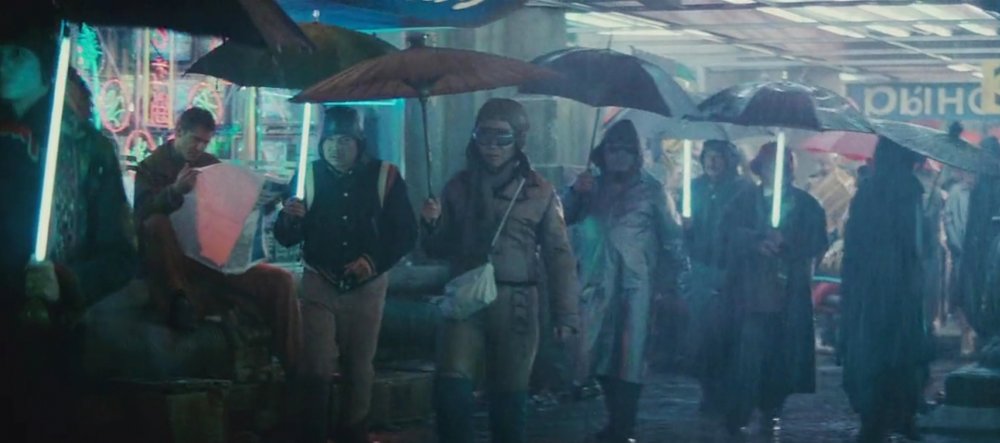
Blade Runner (1982)
The umbrellas in Blade Runner have shafts that light up, lending an additional source of light to the film’s murky neon-infused street scenes. In both The Umbrellas of Cherbourg and Une femme est une femme, umbrellas function as decorative elements – vehicles for colour. Jacques Demy allows colour to run rampant in the former film. “In a reductio ad absurdum of Hollywood’s law of emphasis,” writes Richard Misek about the film in Chromatic Cinema: A History of Screen Colour, “every item of clothing, every prop, and every flat surface is emphasised.” In his first colour film, Jean-Luc Godard gives Angela red as a theme; her umbrella allows her to carry her colour out of the vibrant café interior and into the greyer city streets.
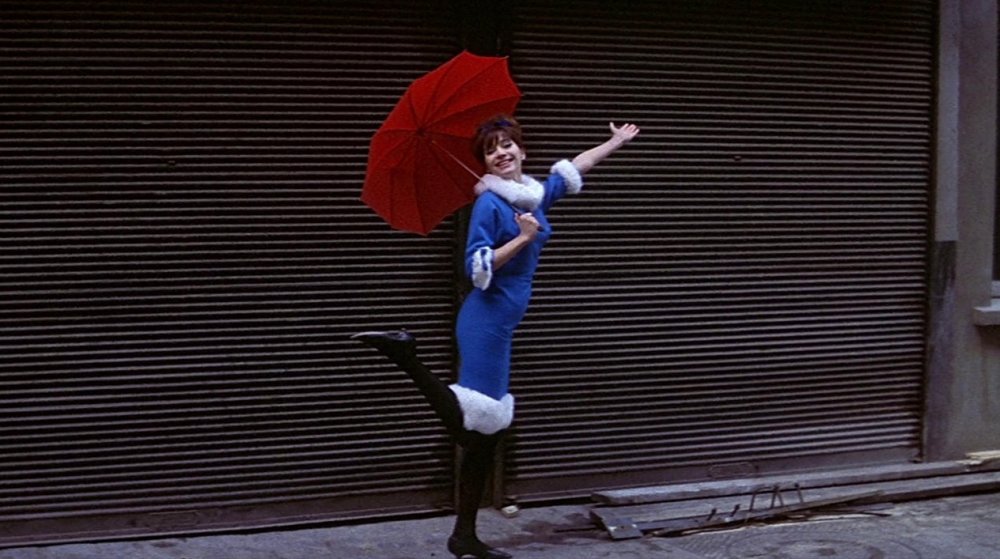
Une femme est une femme (1961)
It’s possible that Godard also intended the umbrella as a reference to the surrealists, who were fond of using them as symbols of the mystique and evocative power of everyday objects. In a recording he made to accompany Une femme est une femme, Godard says, “A red umbrella: Aragon,” referencing Louis Aragon and perhaps the motto that he and his fellow surrealists borrowed from the writings of the Comte de Lautréamont, who once described a young boy as “as beautiful as the chance meeting on a dissecting table of a sewing machine and an umbrella”.
The umbrella in this encounter is generally interpreted as a male symbol, the sewing machine as female – although this is complicated, of course, by the fact that a sewing machine repeatedly penetrates whereas an umbrella opens and enfolds. The Spanish surrealist writer and painter Remedios Varo had a rather more expansive and intriguing take on the mythic status of the umbrella: in a piece of mock anthropology, which she wrote under the pen name Hälikcio von Fuhrängschmidt, she identified umbrellas as a stage in the evolution of sticks, which aspired to flight and thus acquired “the powerful wings of the pterodactyl”.
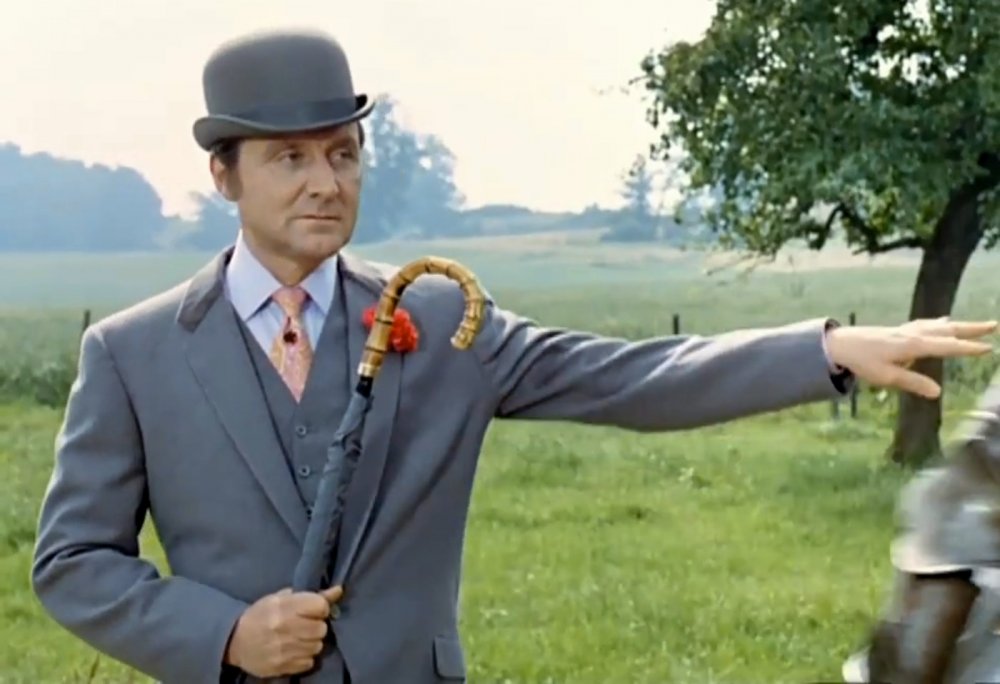
The Avengers (1961-69)
Umbrellas evolve further in their functionality and perhaps their phallic symbolism when adapted as weapons, often by men who lack or affect to lack standard macho characteristics. A significant model for this usage is John Steed, as played by Patrick Macnee in the TV series The Avengers; homage is paid to his deadly umbrella in For Your Eyes Only (1981), Johnny English Reborn (2011) and Kingsman: The Secret Service (2015). A number of films depict the martial arts supremo Wong Fei-hung – mild-mannered doctor by day – deploying an umbrella in a fight.
In Alfred Hitchcock’s Foreign Correspondent (1940), meanwhile, umbrellas are employed less as a weapon than as a protective shield, as the assassin makes his escape beneath the tightly clustered brollies of a crowd sheltering from the rain. The souped-up umbrellas occasionally wielded as weapons by the Penguin in Batman Returns (1992) also carry this suggestion of shelter, returning us to the theme of femininity and maternal care: symbols of the protection that was lost to him when he was rejected by his parents.
-
The 100 Greatest Films of All Time 2012
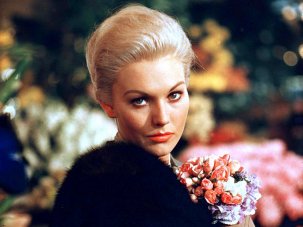
In our biggest ever film critics’ poll, the list of best movies ever made has a new top film, ending the 50-year reign of Citizen Kane.
Wednesday 1 August 2012
-
The Digital Edition and Archive quick link
Log in here to your digital edition and archive subscription, take a look at the packages on offer and buy a subscription.




